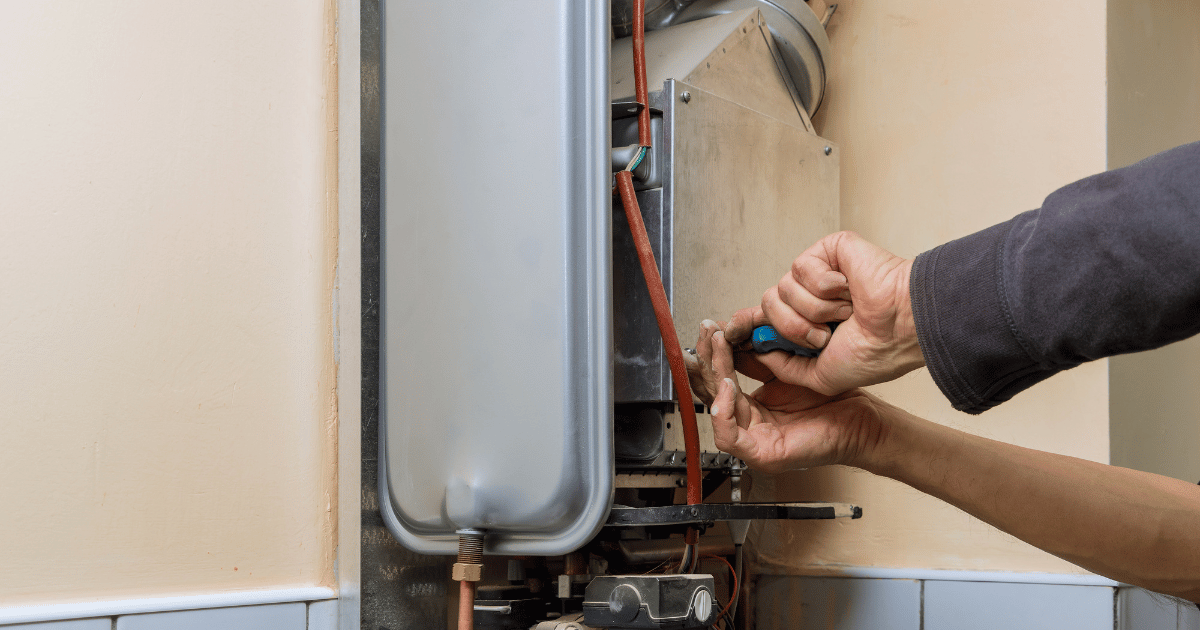Ways to Maintain Your Home's Hot Water System Functioning WellImportant Care Strategies for Your Home's Hot Water System
Ways to Maintain Your Home's Hot Water System Functioning WellImportant Care Strategies for Your Home's Hot Water System
Blog Article
Every person has got their unique perception in relation to How to Maintain a Hot Water Heater in a Few Simple Steps.

Warm water is important for daily comfort, whether it's for a rejuvenating shower or cleaning dishes. To guarantee your warm water system runs efficiently and lasts longer, routine upkeep is key. This article offers sensible tips and insights on exactly how to keep your home's warm water system to avoid interruptions and pricey repair services.
Intro
Keeping your home's hot water system might seem overwhelming, but with a few easy steps, you can ensure it runs efficiently for several years ahead. This overview covers everything from comprehending your hot water system to DIY upkeep tips and knowing when to call in professional assistance.
Value of Preserving Your Hot Water System
Routine maintenance not just prolongs the life-span of your warm water system yet additionally guarantees it runs successfully. Neglecting maintenance can lead to lowered performance, higher power bills, and even early failing of the system.
Indicators Your Warm Water System Demands Upkeep
Recognizing when your warm water system requires focus can protect against significant concerns. Watch out for signs such as inconsistent water temperature, strange sounds from the heating system, or corroded water.
Flushing the Water Heater
Flushing your water heater gets rid of debris build-up, enhancing effectiveness and extending its life.
Checking and Replacing Anode Rods
Anode rods protect against rust inside the tank. Inspecting and changing them when broken is vital.
Complicated Problems Requiring Professional Help
Instances include major leakages, electric issues, or if your water heater is consistently underperforming.
Regular Specialist Maintenance Conveniences
Expert maintenance can consist of extensive inspections, tune-ups, and making sure compliance with safety and security requirements.
Evaluating and Adjusting Temperature Level Settings
Readjusting the temperature setups ensures optimum performance and safety and security.
DIY Tips for Upkeep
You can perform numerous maintenance jobs yourself to maintain your warm water system in top problem.
Checking for Leaks
Consistently examine pipelines and connections for leakages, as these can lead to water damage and greater bills.
Comprehending Your Hot Water System
Before diving right into maintenance jobs, it's useful to comprehend the basic parts of your hot water system. Commonly, this includes the hot water heater itself, pipes, anode poles, and temperature controls.
Month-to-month Upkeep Tasks
Routine monthly checks can assist catch small issues prior to they escalate.
Examining Stress Alleviation Valves
Checking the pressure safety valve guarantees it functions properly and stops excessive pressure accumulation.
Insulating Pipes
Shielding warm water pipes decreases warm loss and can conserve energy.
When to Call an Expert
While DIY maintenance is useful, some issues need specialist expertise.
Conclusion
Regular maintenance of your home's warm water system is crucial for efficiency, longevity, and price savings. By following these suggestions and understanding when to look for professional help, you can guarantee a reputable supply of hot water without unanticipated disruptions.
How to Maintain an Instant Hot Water Heater
Before tinkering with your hot water heater, make sure that it’s not powered on. You also have to turn off the main circuit breaker and shut off the main gas line to prevent accidents. Also turn off the water valves connected to your unit to prevent water from flowing into and out of the appliance. 2. When you’re done, you have to detach the purge valves’ caps. These look like the letter “T” and are situated on either side of the water valves. Doing so will release any pressure that has accumulated inside the valves while at the same time avoid hot water from shooting out and burning your skin. 3. When the purge valves’ caps are removed, you have to connect your hosing lines to the valves. Your unit should have come with three hoses but if it didn’t, you can purchase these things from any hardware or home repair shops. You can also get them from retail stores that sell water heating systems. Read the user’s manual and follow it to complete this task properly. When the hosing lines are connected, open the purge port’s valves. 4. You should never use harsh chemical cleaners or solutions when cleaning your unit. Make use of white vinegar instead. It should be undiluted and you’ll probably use about 2 gallons. 5. Now flush your water heater. This task should probably take about 40 minutes. We can’t give you specific directions for this because the procedure is carried out depending on the type, model and brand of your heater. With that being said, refer to the user’s manual. 6. When you’re done draining the unit, you have to turn off the purge port valves again. Remove the hosing lines that you earlier installed on each of the water valves. Put the valve caps (purge port) back in their respective places and be very careful so as not to damage the rubber discs that are found inside these caps. 7. Now that everything’s back in place, check your user’s manual again to find out how to reactivate your water heating system. 8. Once it is working, turn one of your hot water faucets on just to let air pass through the heater’s water supply pipes. Leave the tap on until water flows smoothly out of it. https://www.orrplumbing.com/blog/2014/september/how-to-maintain-an-instant-hot-water-heater/

I discovered that blog entry about Tips For Maintaining Your Hot Water Heater while doing a lookup on the search engines. Are you aware of another person who is enthusiastic about the subject? Feel free to share it. Thank-you for going through it.
Visit Site Report this page